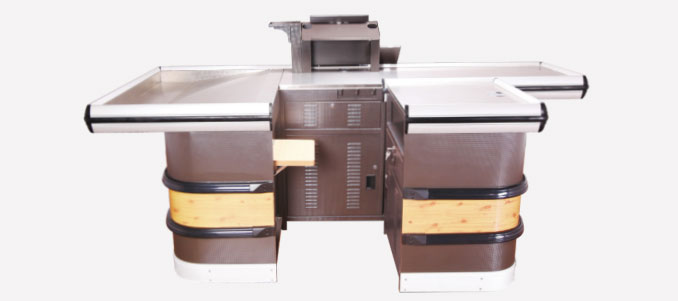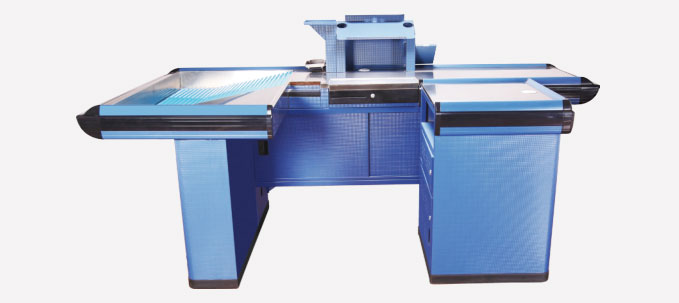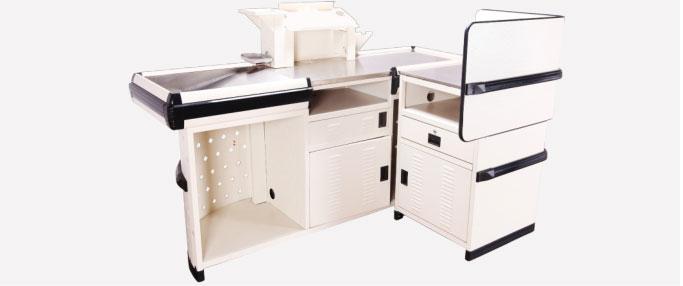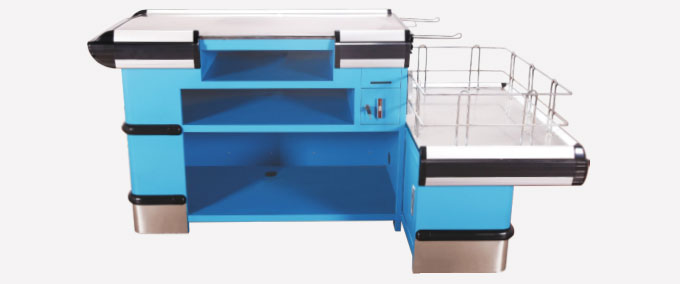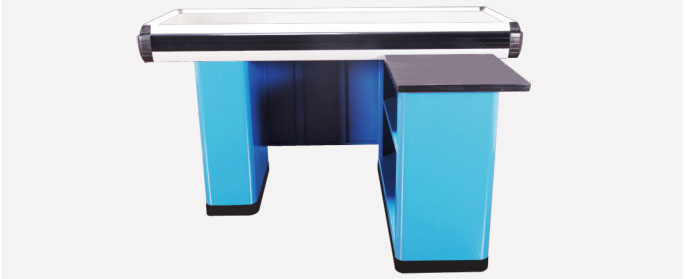Introduction to U-Shaped Checkout Counters
When it comes to designing a retail store, one of the most critical areas to focus on is the checkout counter. It’s not just about processing payments; it’s about creating a seamless and efficient shopping experience for your customers. Among the various designs available, the U-shaped checkout counter has gained popularity in recent years. But why? Let’s explore the benefits and considerations of this unique design.
What is a U-Shaped Checkout Counter?
A U-shaped checkout counter, as the name suggests, is a curved or angled counter that forms a “U” shape. This design provides ample space for cashiers to move around, store essential items, and interact with customers more effectively. Unlike traditional straight or L-shaped counters, the U-shaped design offers a more ergonomic and functional layout.
Benefits of a U-Shaped Checkout Counter
So, why should you consider a U-shaped checkout counter for your store? Here are some compelling reasons:
1. **Efficiency and Productivity**: The U-shaped design allows cashiers to have everything within arm’s reach, reducing the need for constant movement. This can significantly speed up the checkout process, especially during peak hours.
2. **Space Optimization**: The curved shape makes efficient use of space, creating a natural barrier between the cashier and the customer while providing ample storage for items like receipts, bags, and POS systems.
3. **Enhanced Customer Experience**: The open design of a U-shaped counter encourages better interaction between the cashier and the customer. It also makes it easier for customers to place their items on the counter and complete the transaction.
4. **Aesthetic Appeal**: A U-shaped checkout counter can add a modern and sleek look to your store, making it stand out from traditional designs.
Design Considerations for a U-Shaped Checkout Counter
While the benefits are clear, there are a few things to keep in mind when designing or choosing a U-shaped checkout counter:
1. **Measure Your Space**: Ensure that the U-shaped counter fits perfectly in your store. The size should be proportional to the available space to avoid a cramped or overly spacious appearance.
2. **Material and Durability**: Choose materials that are durable and easy to clean, such as high-quality wood, metal, or laminate. The counter should withstand heavy use and maintain its appearance over time.
3. **Customization Options**: Consider adding custom features like built-in shelves, drawers, or integrated POS systems to maximize functionality.
Tips for Installing a U-Shaped Checkout Counter
Installing a U-shaped checkout counter requires careful planning and execution. Here are some tips to help you get it right:
1. **Hire Professionals**: Unless you have experience with furniture installation, it’s best to hire professionals to ensure the counter is installed correctly.
2. **Test the Layout**: Before finalizing the installation, test the layout to ensure it works well for both staff and customers.
3. **Train Your Staff**: Familiarize your cashiers with the new design to maximize efficiency and productivity.
Common Questions About U-Shaped Checkout Counters
If you’re still unsure about whether a U-shaped checkout counter is right for your store, here are answers to some common questions:
– **Q: Is a U-shaped counter suitable for small stores?**
A: Yes, as long as the size is proportionate to the space. It can even help make the area feel more organized and spacious.
– **Q: How much does a U-shaped checkout counter cost?**
A: The cost varies depending on the materials and size. On average, it can range from $500 to $2,000 or more for custom designs.
– **Q: Can I customize the design?**
A: Absolutely! Many retailers opt for custom designs to match their store’s theme and branding.
Conclusion
A U-shaped checkout counter is more than just a design trend; it’s a practical solution for enhancing efficiency, customer satisfaction, and the overall look of your store. By considering the benefits, design options, and installation tips, you can make an informed decision that aligns with your business goals.

